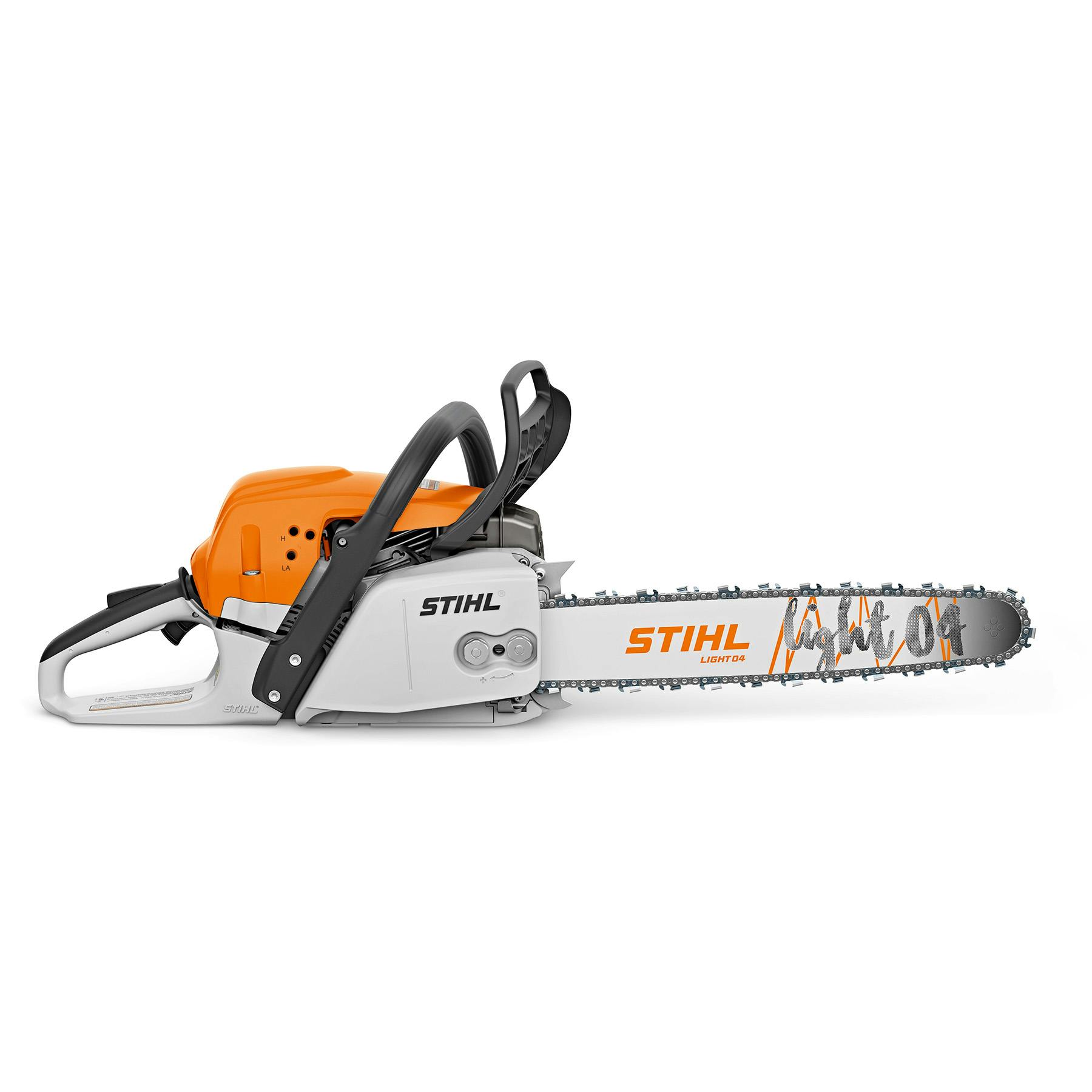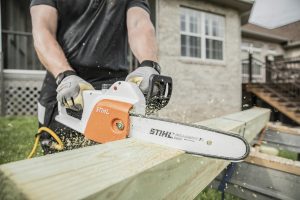In the world of cutting tools, diamond blades stand out for their exceptional durability and versatility. However, understanding the factors that influence the lifespan of a diamond blade is essential for maximizing its efficiency and cost-effectiveness. In this comprehensive guide, we will delve into the intricacies of diamond blade longevity and offer insights into optimizing its performance.
1. Diamond Blade Composition:
The composition of a diamond blade plays a pivotal role in determining its lifespan. High-quality diamond blades consist of synthetic diamonds embedded in a metal matrix. The concentration, size, and quality of these diamonds, along with the type of metal matrix used, directly impact the blade's durability.
2. Material Being Cut:
The type of material being cut is a significant factor in the lifespan of a diamond blade. Cutting through softer materials, such as asphalt or green concrete, tends to cause less wear on the blade compared to cutting through harder materials like reinforced concrete or granite. Understanding the application and choosing the appropriate blade for the material is crucial for longevity.
3. Feed Rate and Cutting Speed:
The speed at which the diamond blade cuts through the material, known as the cutting speed, and the rate at which the material is fed into the blade, known as the feed rate, influence blade wear. Properly balancing these factors is essential to prevent overheating and premature wear, ensuring a longer blade life.
4. Wet vs. Dry Cutting:
Whether a diamond blade is used for wet or dry cutting impacts its lifespan. Wet cutting helps dissipate heat and minimizes dust, contributing to prolonged blade life. However, certain applications may require dry cutting, necessitating the use of specialized blades and careful attention to prevent overheating and premature wear.
5. Blade Maintenance:
Regular maintenance is a key aspect of extending the lifespan of a diamond blade. Cleaning the blade after each use, inspecting for damage, and sharpening as needed contribute to optimal performance. Proper storage and handling also play a role in preventing premature wear and ensuring a longer blade life.
6. Blade Size and Quality:
The size and quality of the diamond blade are critical factors. Larger blades generally have more diamonds, distributing the workload and contributing to longer life. Investing in a high-quality diamond blade designed for the specific application is a wise decision for both performance and longevity.
7. Manufacturer's Recommendations:
Following the manufacturer's recommendations for blade use, maintenance, and application is crucial. Manufacturers provide guidelines on optimal operating conditions, cutting speeds, and feed rates for their diamond blades. Adhering to these recommendations ensures that the blade performs at its best and lasts longer.
Conclusion:
While the lifespan of a diamond blade varies based on factors such as composition, material being cut, feed rate, cutting speed, wet or dry cutting, maintenance, blade size, and manufacturer's recommendations, a well-informed approach can significantly extend its longevity. By understanding these nuances, users can make informed decisions, optimize their cutting processes, and get the most out of their investment in diamond blades.






+ There are no comments
Add yours